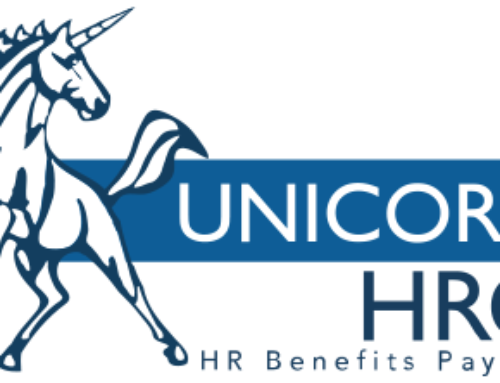Key Performance Indicators (KPIs) are essential to today’s business operations, as they enable organizations to determine Return on Investment (ROI) and thus validate the need for new expenditures or support for existing programs. This is certainly the case for Human Capital Management (HCM) operations, as new technologies fuel the transition to automation to streamline workflows, improve personnel engagement and increase intraoffice communication. Without the metrics to back this transition, it can be a challenge to implement much-needed improvements in an organization.
Whether you are outsourcing cloud-based HCM solutions to manage your workforce or handling these tasks in house, there is always a need to justify expenditures in automation by demonstrating ROI. The four essential KPIs that can help validate this are workflow, flexibility, liability and affordability. While each can stand on its own, when combined the four offer an inarguable case for an automated Human Capital Management solution.
Workflow – The process of onboarding/offboarding employees can be laden with repetitive and paperwork intensive processes. Manual completion of these tasks involves not only the employee but also representatives from HR, payroll, benefits and facilities departments. Paperwork must be completed with the same information being ingested repeatedly, as work is manually moved from one department to the next. And, with each manual entry, the chance of human error becomes greater.
With new employees, cloud-based Human Capital Management (HCM) solutions can help ensure that employee information (i.e. name, date of birth, social security number, etc.) from the applicant tracking software is automatically populated throughout the HCM software. The onboarding process is completed more quickly and easily when your internal departments are not tasked with rekeying information and the potential for errors is reduced. Organizations save time and reduce risk.
Flexibility – Where manual systems are often restricted in flexibility, automated HCM solutions go much further in accommodating scalability and customization. For example, local governments may need custom modifications to accommodate the different unions and their specific contracts while hospitals or restaurants may require certain configurations for time and attendance needs or specialized employee services.
Today’s HCM solutions feature considerably more functionality than legacy solutions as well as requiring far less in terms of maintenance/upgrades, hardware, man-hours and overall costs. While implementing a new HCM system is not always possible, in many instances legacy solutions can be updated in a gradual transition process. When properly managed, the process of converting data from an existing environment into a new solution can be accomplished with little-to-no disruption of processes and workflows.
Liability – No matter the industry, compliance with company policy and industry or government regulations is an essential part of HCM operations and often subject to auditing and fines. For example, compliance and reporting is required for COBRA, which states that certain employers must offer continued benefit coverage for employees and/or their dependents in certain qualifying situations. The Affordable Care Act (ACA) requires certain employers to comply with a “pay or play” provision. These and other compliance and reporting procedures can be labor intensive and subject to misinterpretation and error when done manually. HCM solutions can streamline these time-consuming tasks and are easily reported or audited at any point.
Affordability – For some organizations, the option of setting up their HCM as a cloud-based solution offers substantial cost savings by eliminating the need for their IT staff to deploy, implement and maintain on-site systems. The software as a service (SAAS) model is typically funded from operational budgets rather than considered a capital expenditure, which can be an attractive option for many organizations.
Savings are also seen with an automated HCM solution by allowing employees to manage their own ongoing needs such as requesting time off, reviewing a check stub or changing an address. This capability can reduce the workload for your internal departments by decreasing the number of employee requests for information. HCM systems additionally allow for employee performance management and other employee management processes to be managed in cost effective and more efficient ways. Staff data is more easily recorded and progression monitored, all of which add to HCM’s business value.
HCM plays a key role in every organization and staying up to date on technology solutions is an invaluable investment. The benefits of automated workflow, flexibility, liability and affordability are powerful tools that contribute measurably to a positive ROI and help to demonstrate a clear business value.



